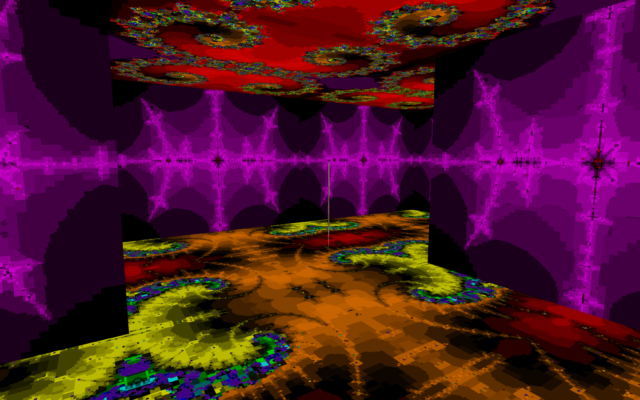

Used as part of meditation and other health programs, labyrinths at hospitals and retreat centers can help facilitate relaxation. Today, the shape of the labyrinth creates contemplative moments at sites such as public parks and schools. Published by the New Harmony Memorial Commission, 1941 Lockridge, Sr., Director of the New Harmony Memorial Commission, in collaboration with other members of the Commission. The labyrinth at New Harmony fell into disrepair as the community disbanded, but has since been built as a tourist attraction. The winding path of the trail encouraged followers to think about the journey we all take in life to reach contentment. In the early 19th century, the utopian society Harmony constructed several labyrinths, including the vine and flower example at New Harmony, Indiana. Today it is available for visitors to walk through on certain days, like Midsummer Day. Later generations of Roman Catholics covered it, worried about the ancient, pagan origins of the labyrinth. One of the most famous examples of a labyrinth in a religious setting is the one at Chartres Cathedral, built in the 13th century.

Labyrinths are often used as a way to force the body and mind into a state of calm where one can achieve spiritual peace. In Greek mythology, the hero Theseus successfully traveled through the Labyrinth of Crete and slayed the minotaur with the help of the goddess Ariadne, who gave him a ball of thread, called a clue. We do not know why the maze and labyrinth appeared independently all over the world, but the pattern continues to be compelling in our own time. Herodotus, a Greek historian writing in the 5th century, described an ancient Egyptian labyrinth, noting that: “The Pyramids likewise surpass description, but the Labyrinth surpasses the Pyramids.” Pliny, the Roman historian, also wrote about ancient labyrinths across Europe and North Africa.The Tonoho O’odham and Pima peoples-from the desert region in what is now Arizona and northern Mexico-traditionally depict, in ancient petroglyphs and modern basketry, a man in the maze setting off on his winding path toward home. The Labyrinth of Crete is familiar to all lovers of Greek myths: a menacing minotaur-half human, half bull-was said to wait in the center. In these cultures-and many others-the labyrinth conveyed ideas about a meandering.

In remarkably similar form, mazes and labyrinths can be found on artifacts from the ancient world from the Bronze Age in Spain, to Ireland and India from North Africa to the American Southwest. Photo by Tilemahos Efthimiadis., perhaps obstacle-filled, journey towards enlightenment. “It is a confusing path, hard to follow without a thread, but, provided not devoured at the midpoint, it leads surely, despite twists and turns, back to the beginning.” - Plato Coins from Knossos with depiction of labyrinth, c. The word “labyrinth” may date as far back as the 14th century, and derives from the Latin labyrinthus and the Greek labýrinthos, or, a building with intricate passages. The word “maze” dates from the 13th century and comes from the Middle English word mæs, denoting delirium or delusion. While labyrinths are often seen as thoughtful, peaceful spaces for quiet reflection, mazes tend to attract those more interested in solving puzzles and facing challenges. Two-dimensional mazes offer the ability to see the entire course at one time, though the hardest ones will take time to solve. Often there are puzzles that help you find your way and alleviate frustration, but the idea is to get lost a few times before figuring out the terrain and finding your way. Often the labyrinth is purposefully engineered so that it takes a long time to get to the middle, encouraging slow, meditative contemplation while navigating many twists and turns.Ī maze is filled with dead ends. Walking through a labyrinth, you will change direction often, but theoretically should not feel lost or confused as you wind through the space. Labyrinth MazeĪ labyrinth has winding, curved passages, forming a “unicursal,” or one-way path from the outside toward the center. Though the words are often used interchangeably, the answer is no. What exactly is a maze? What have mazes been used for throughout history? How have mazes been used in pop culture? Is a labyrinth the same thing as a maze?


 0 kommentar(er)
0 kommentar(er)
